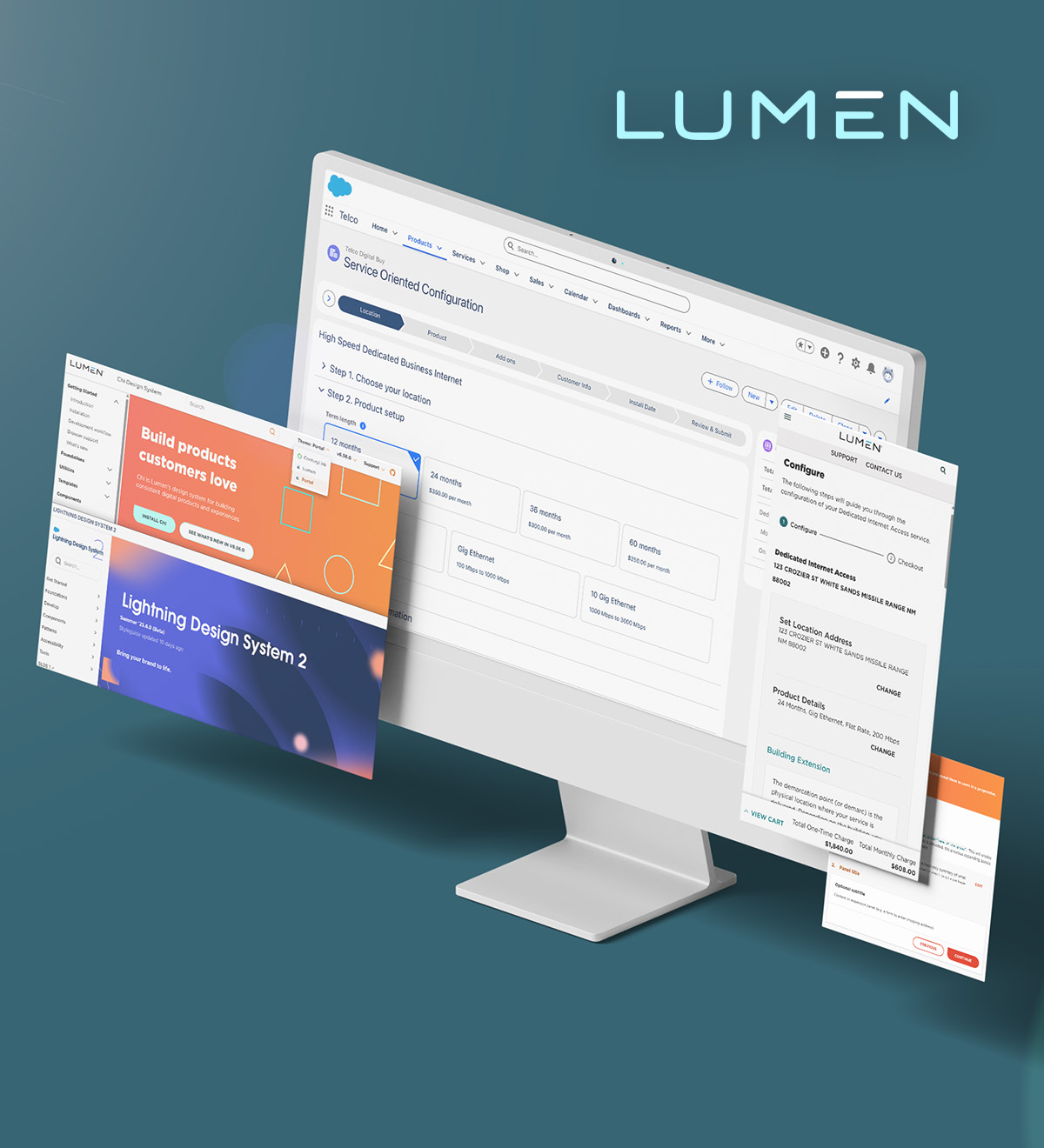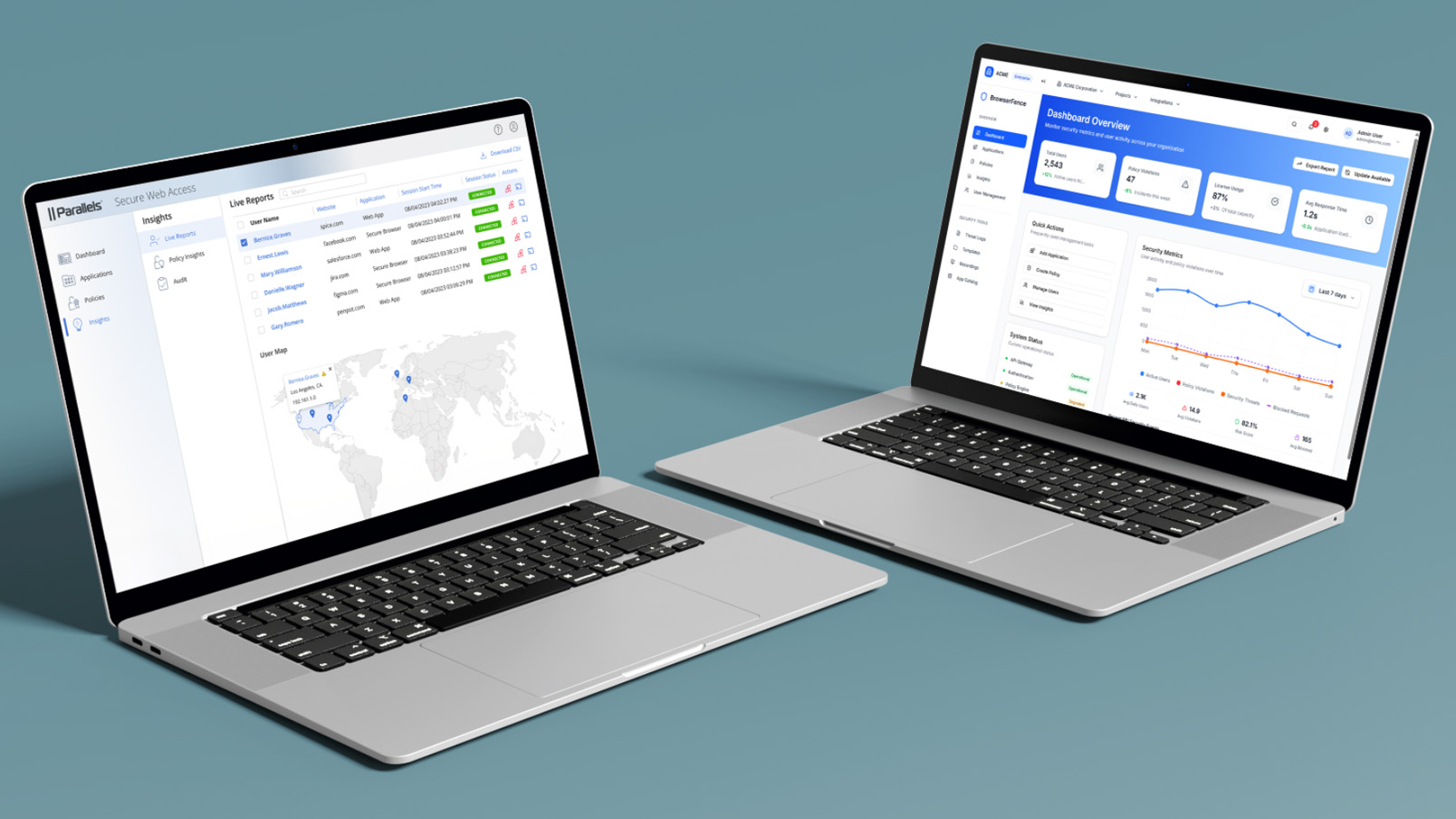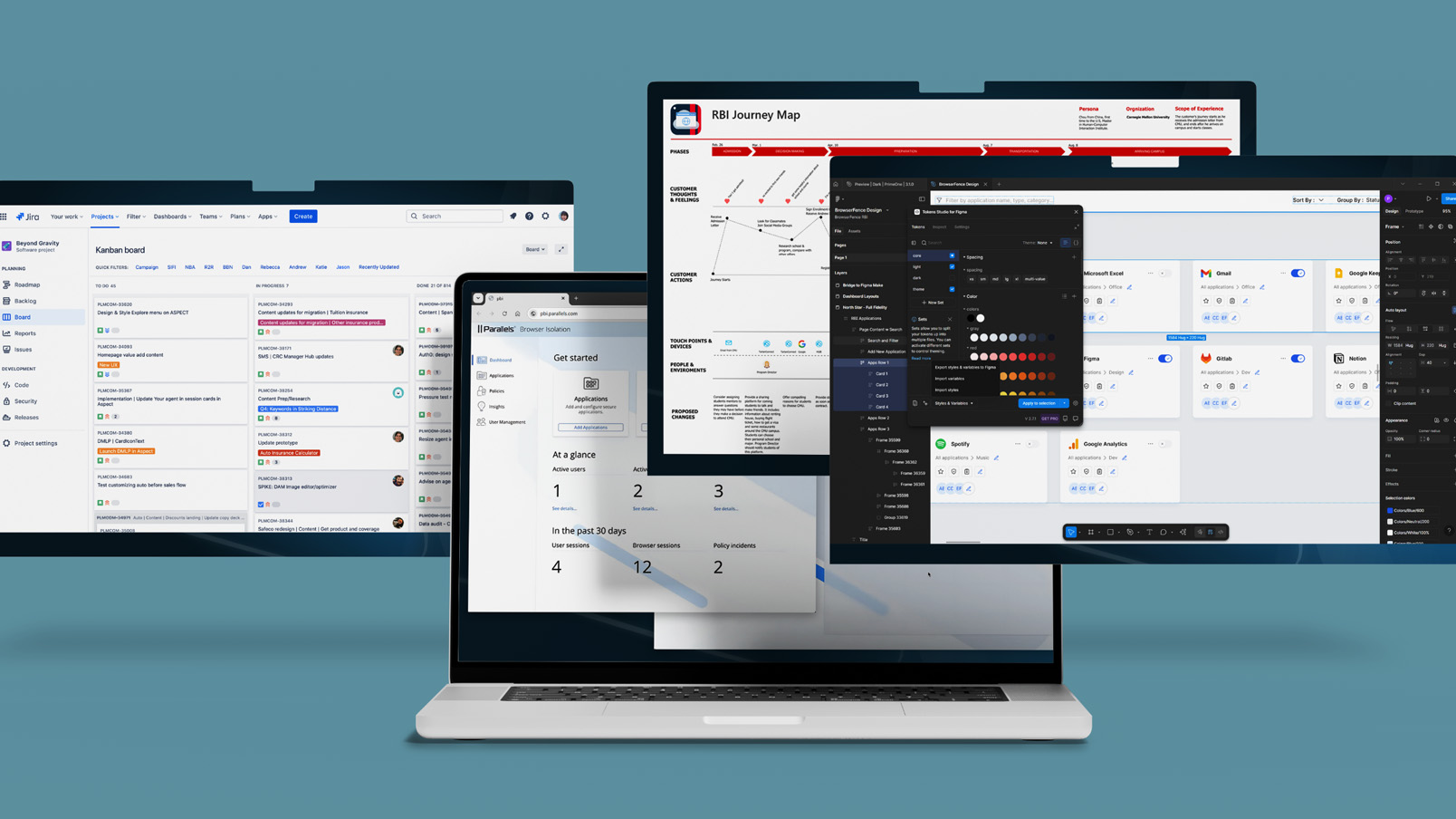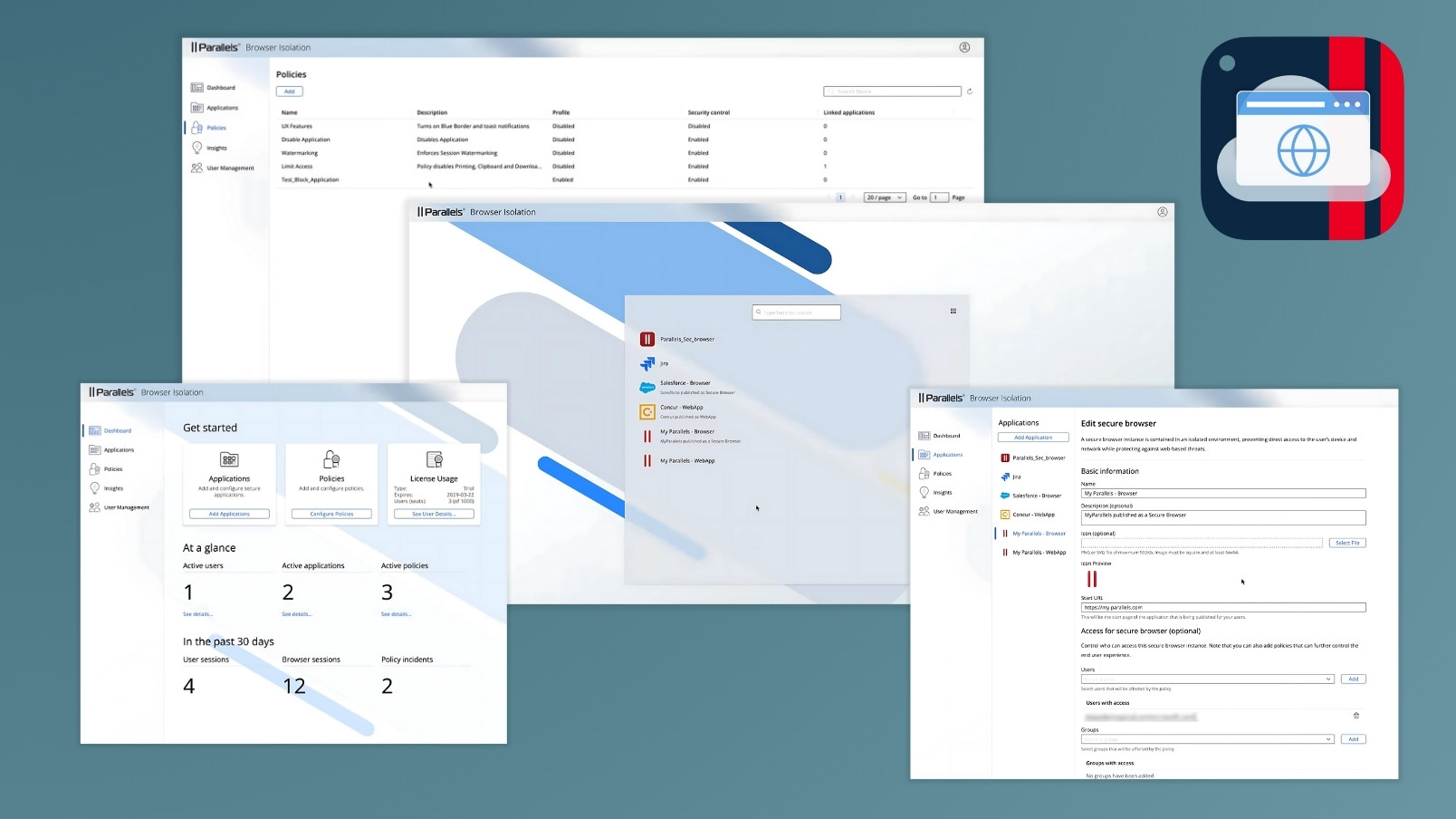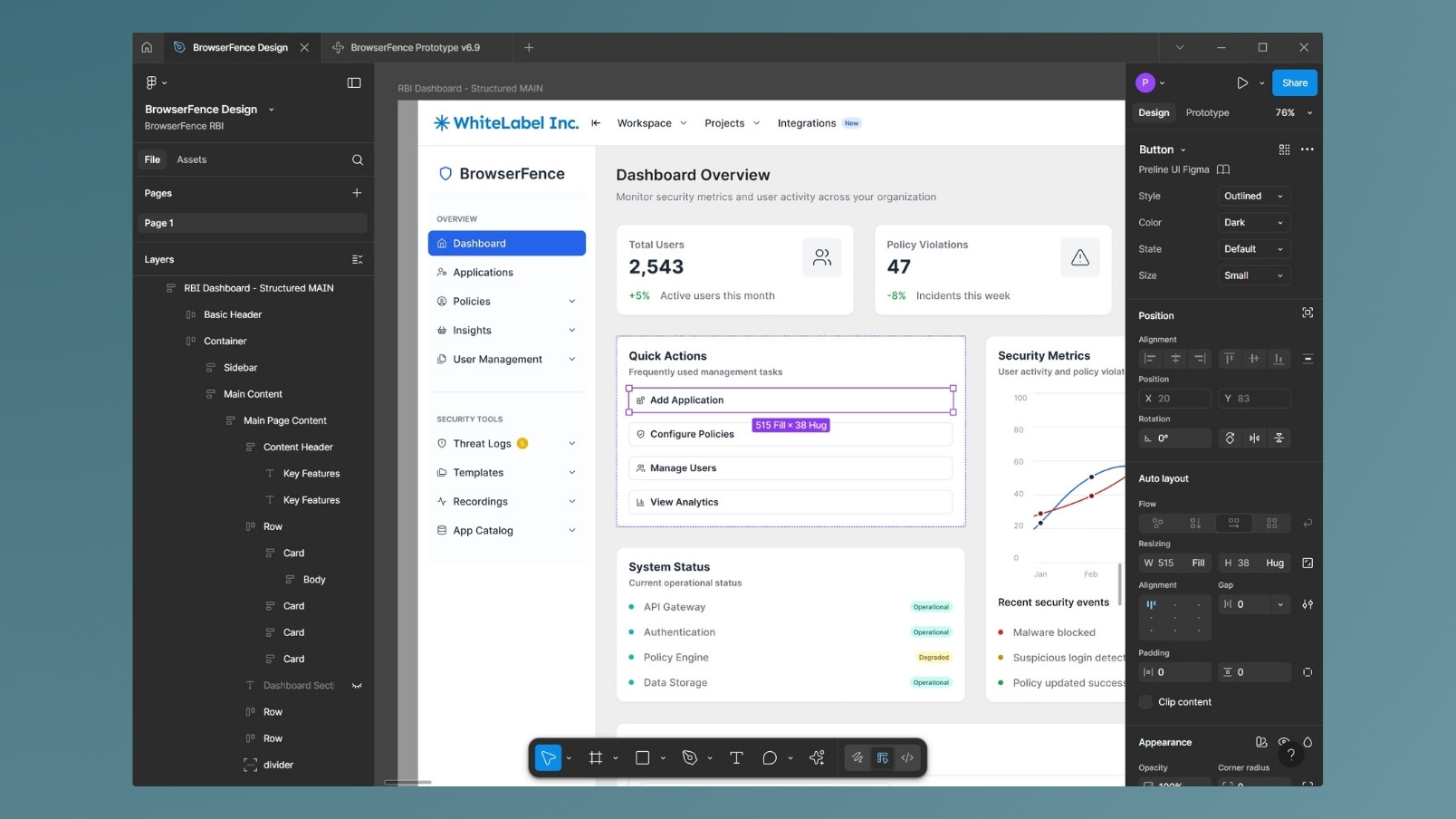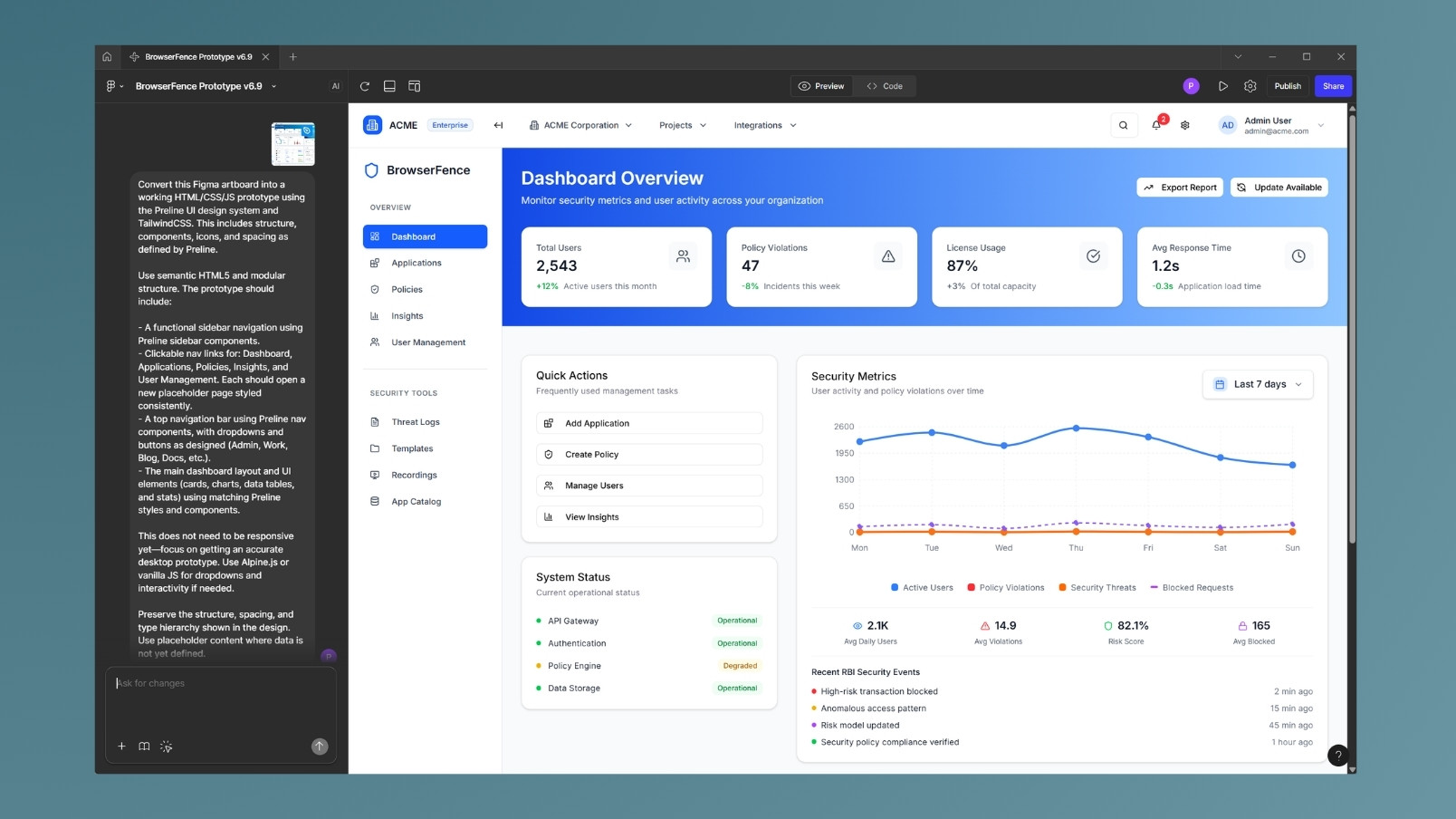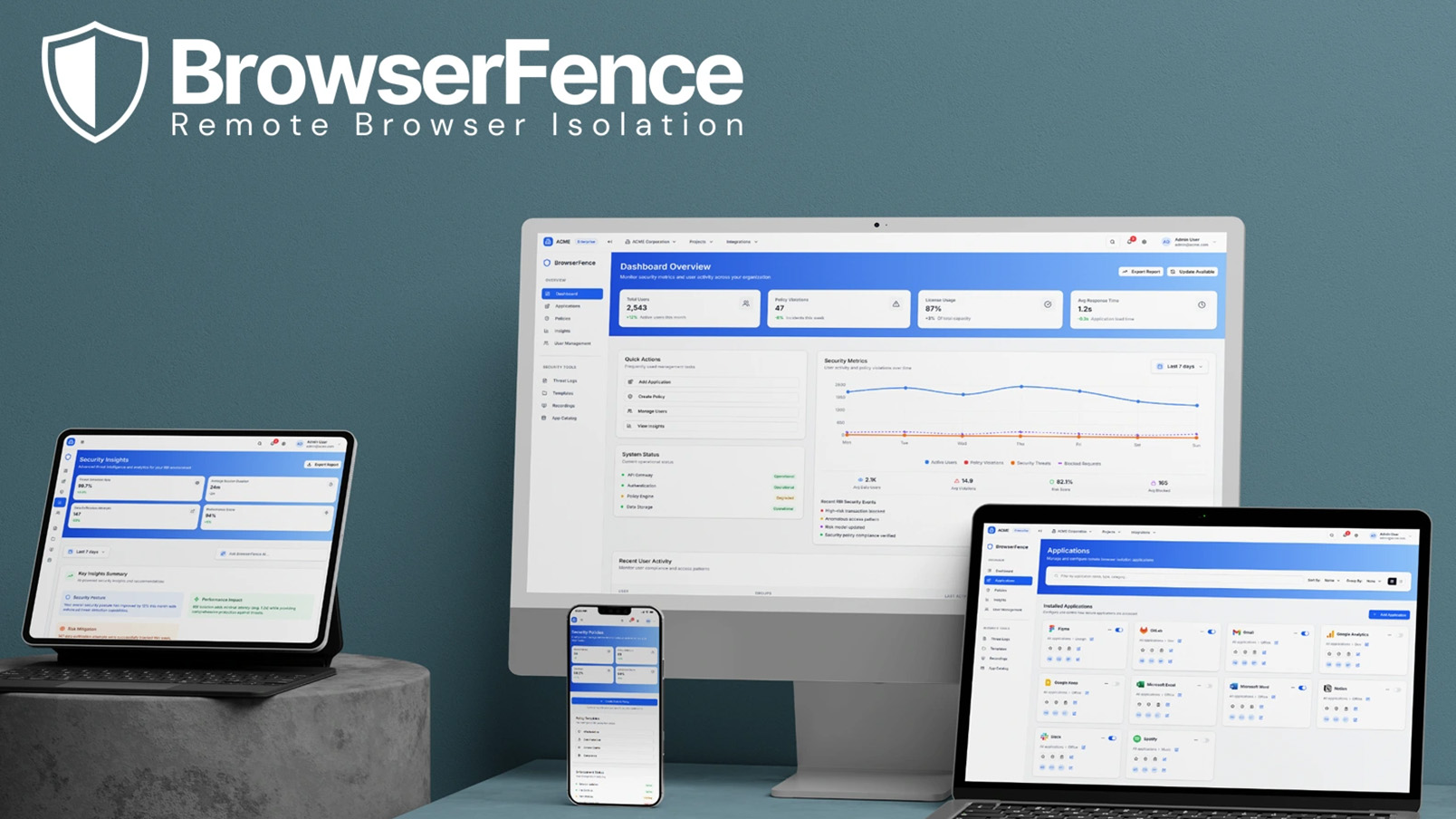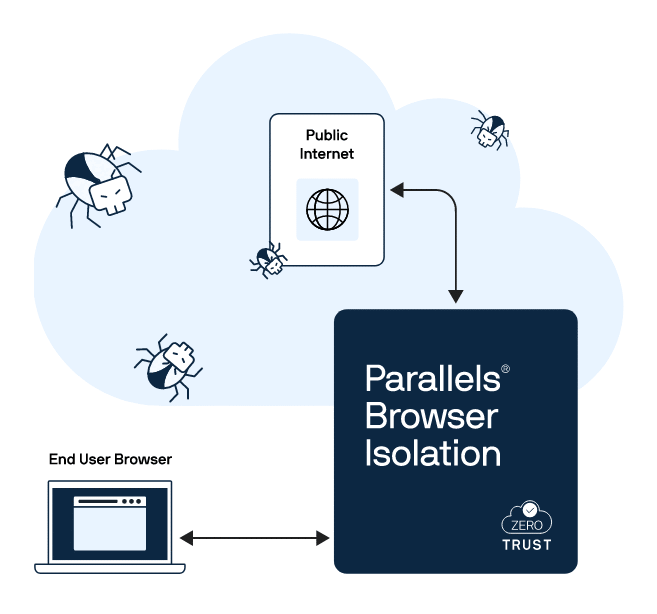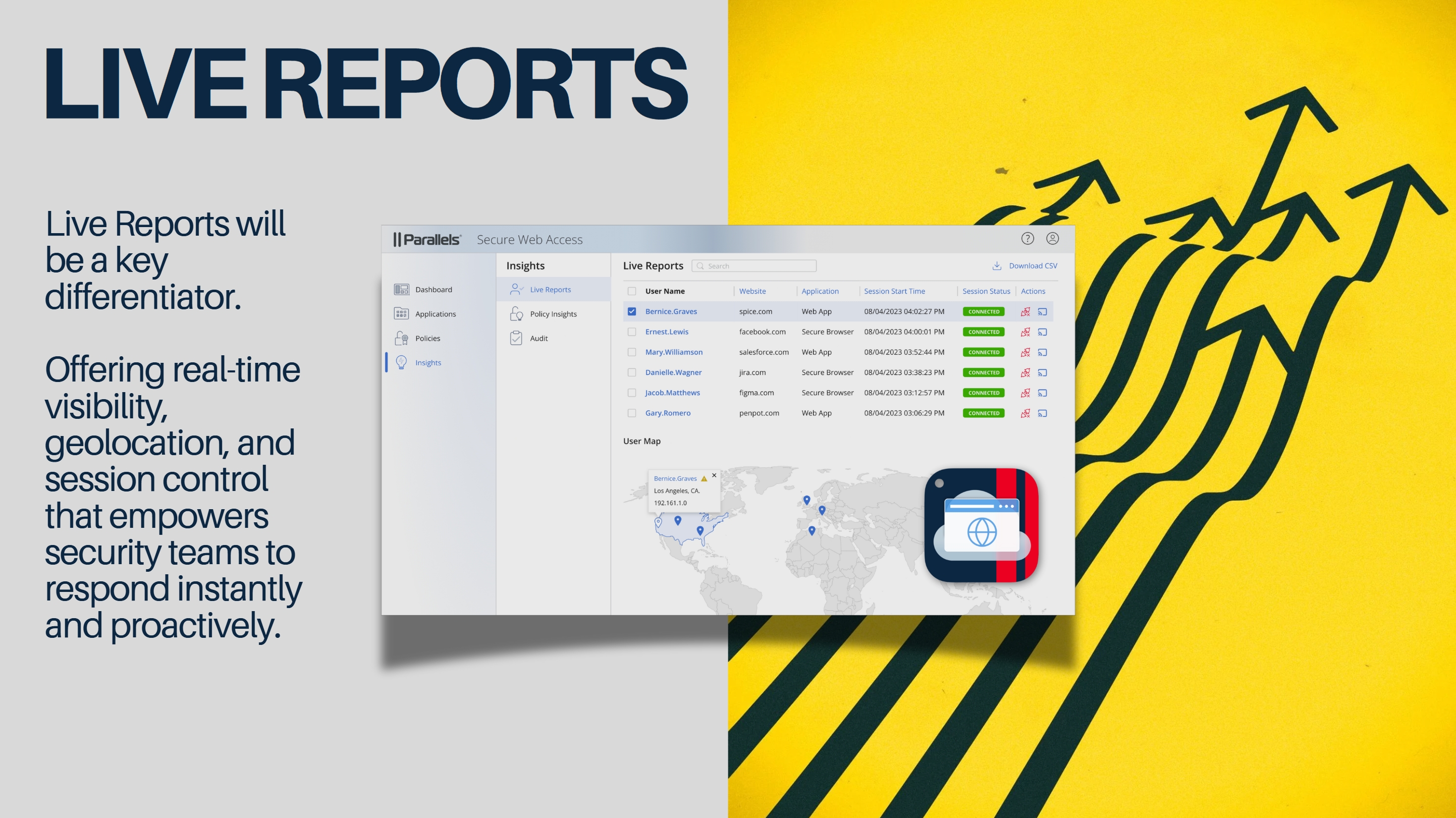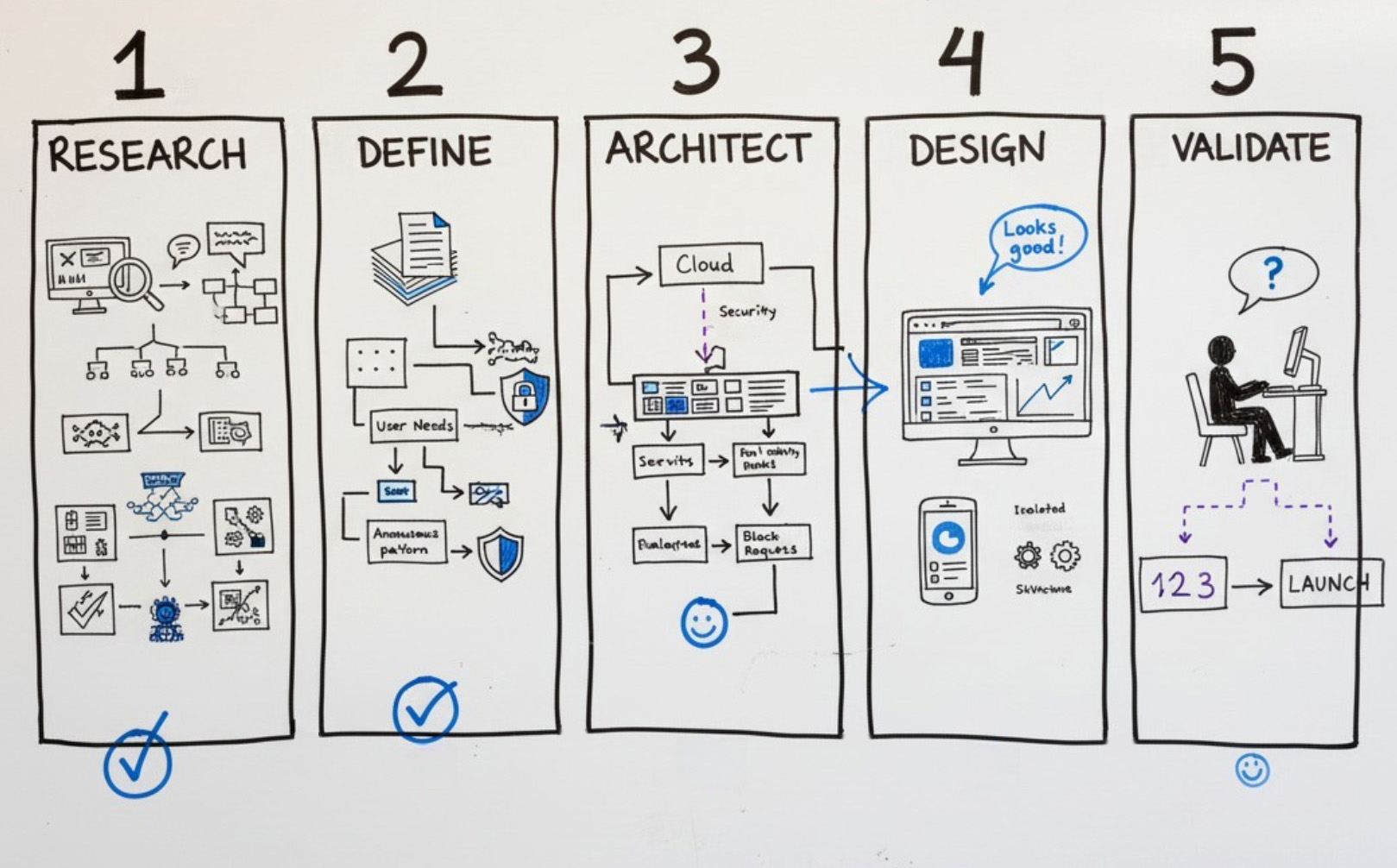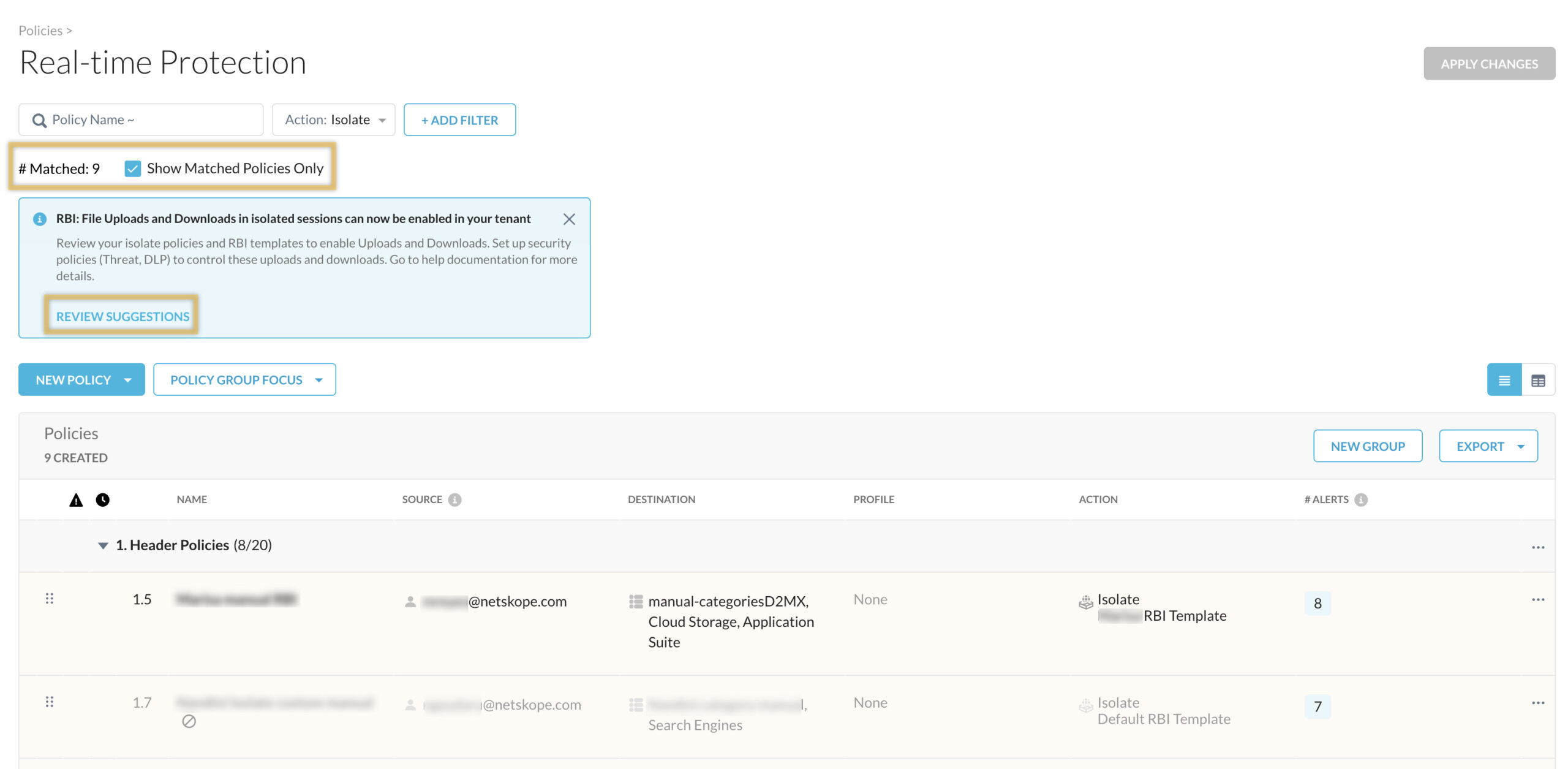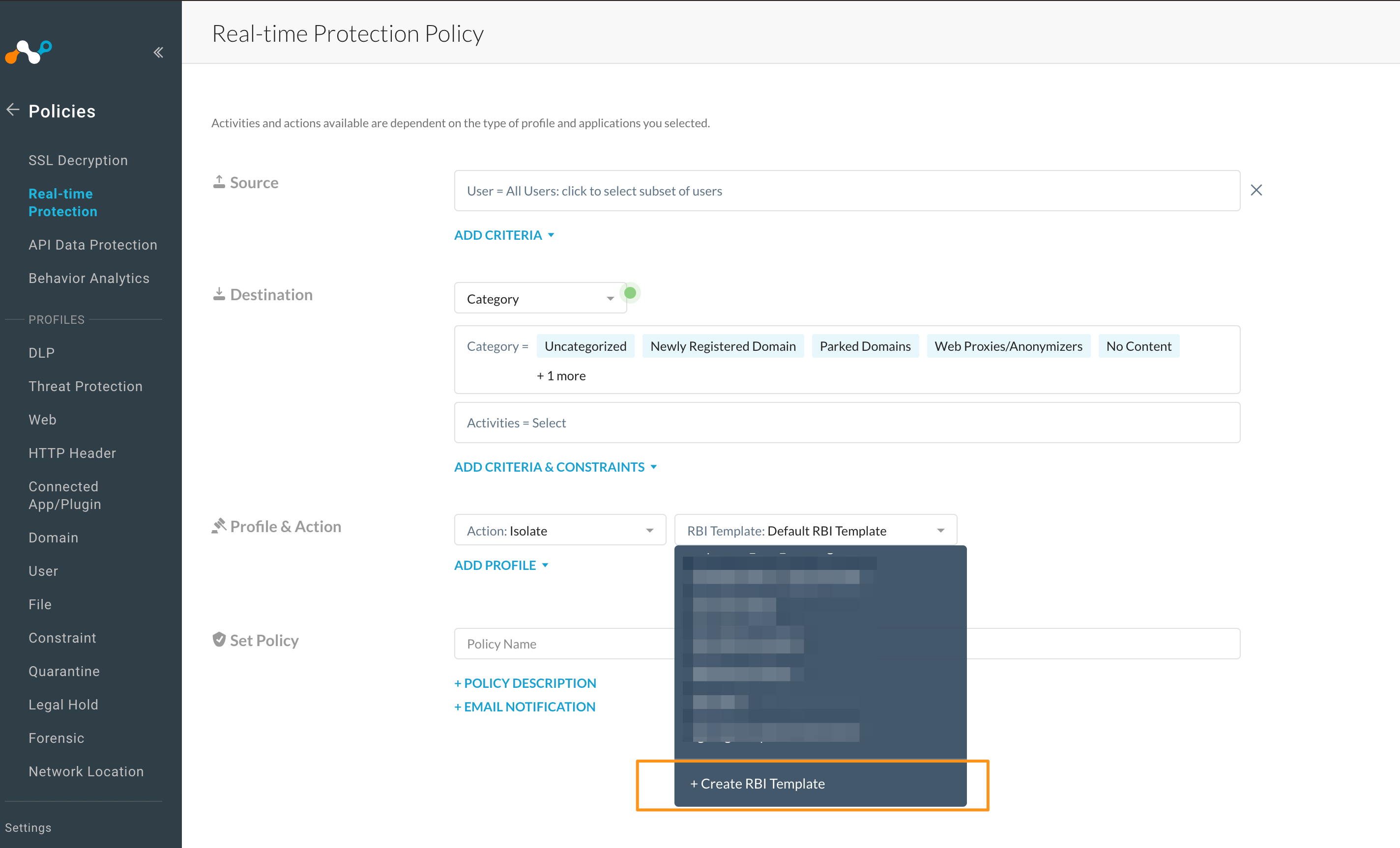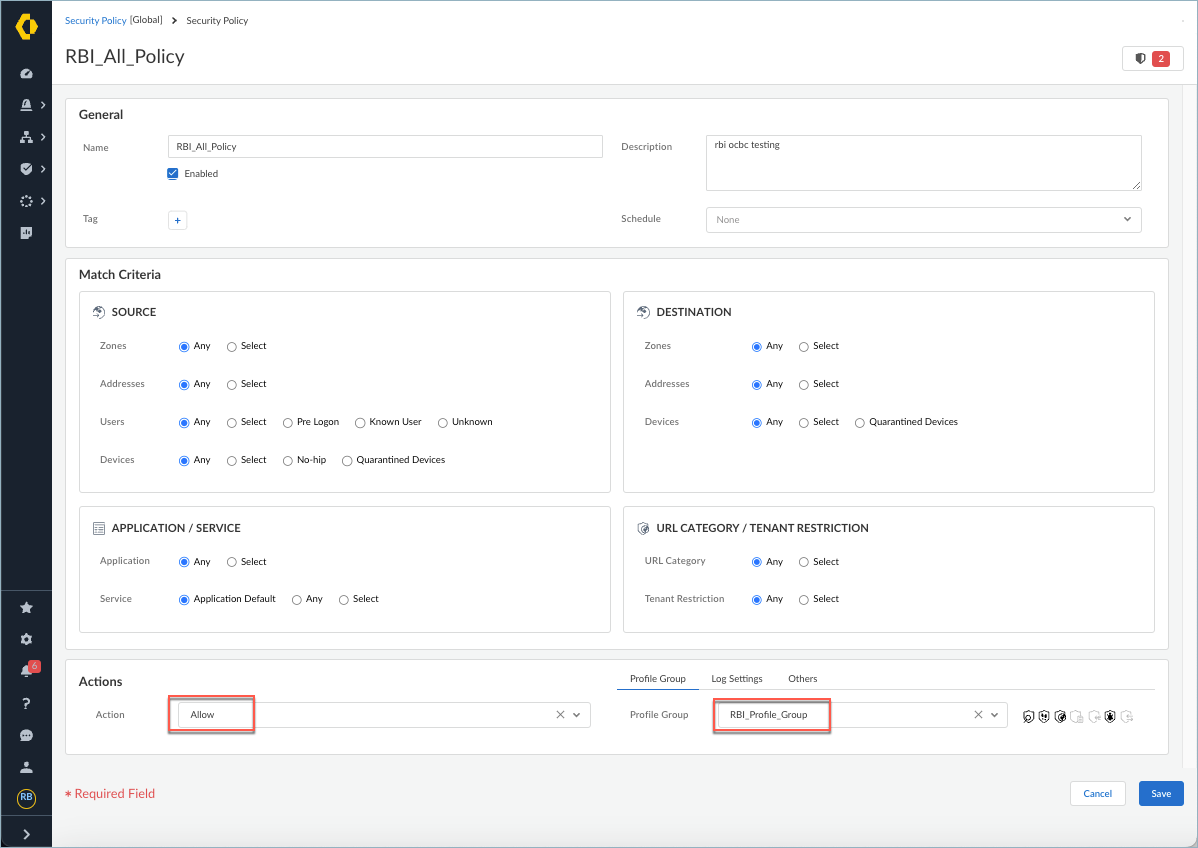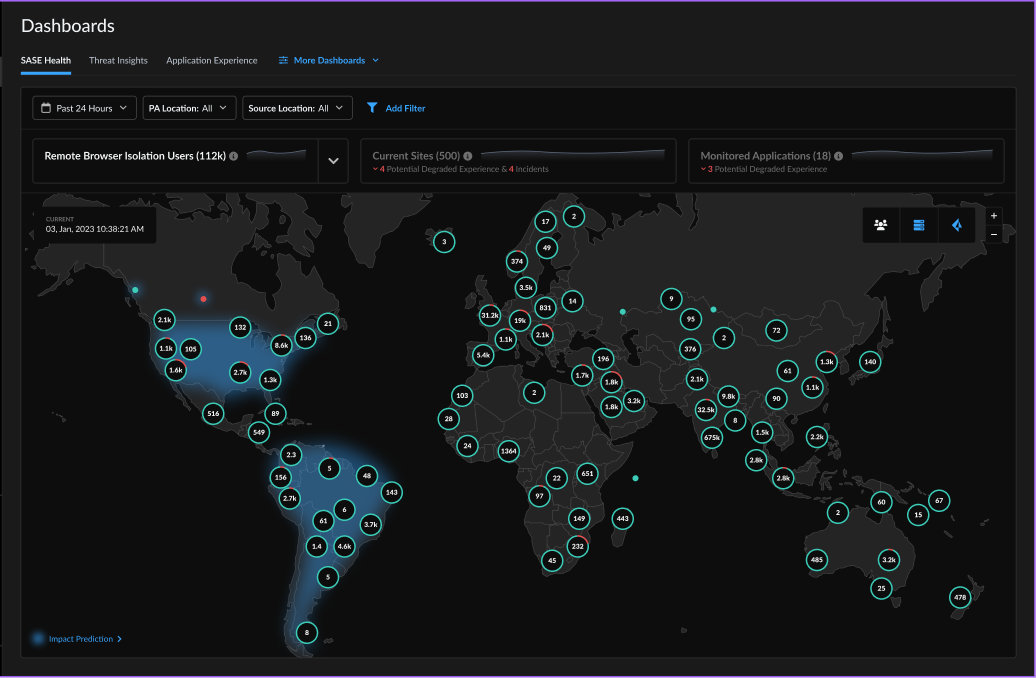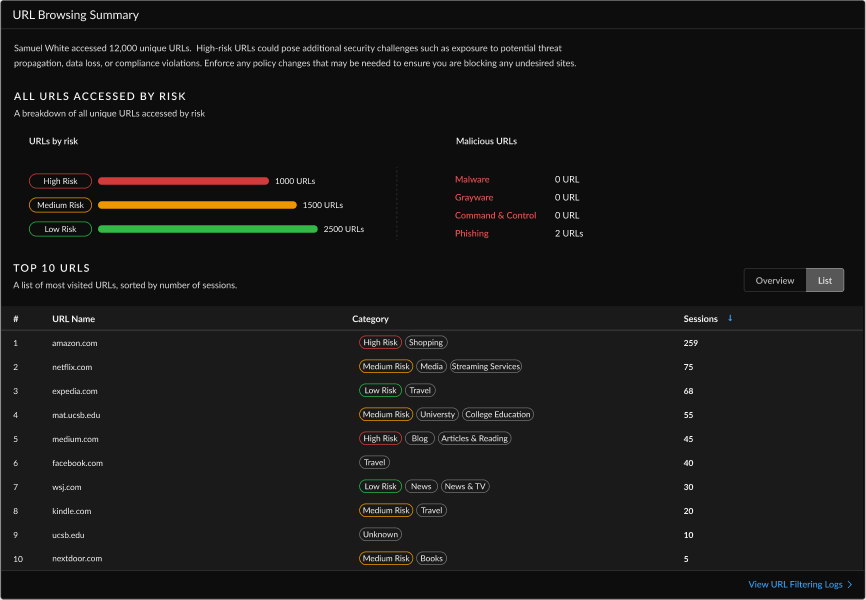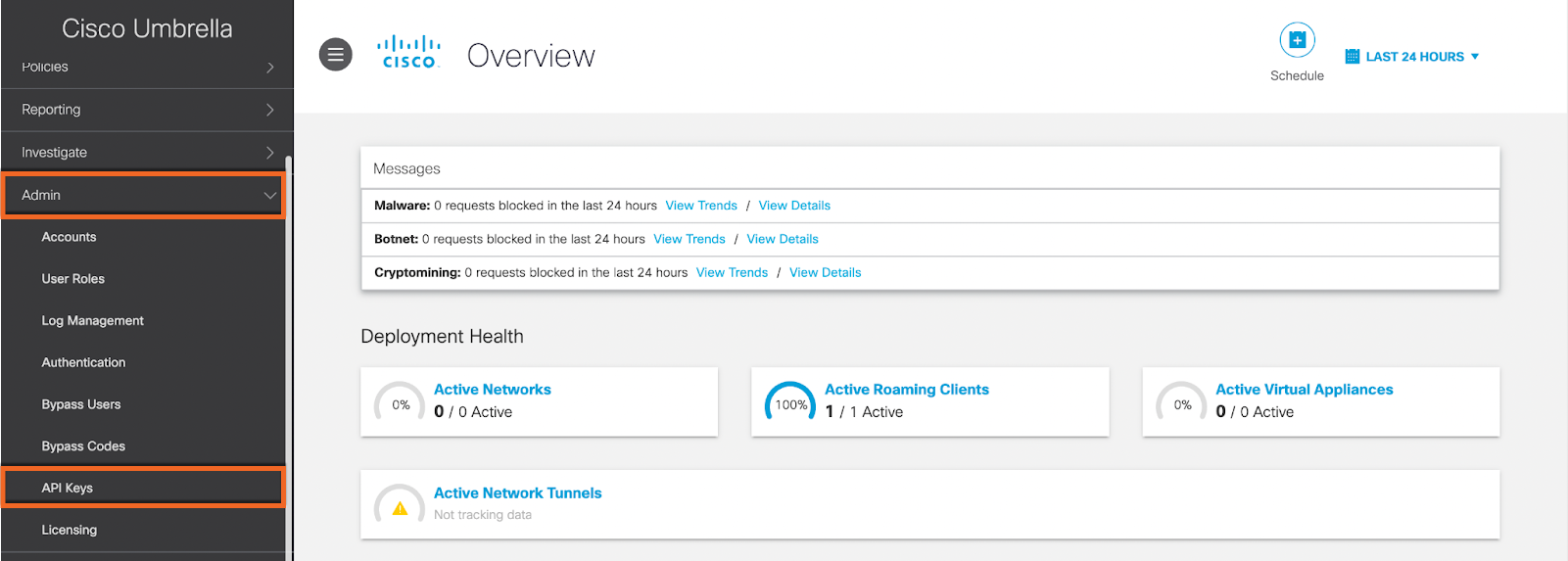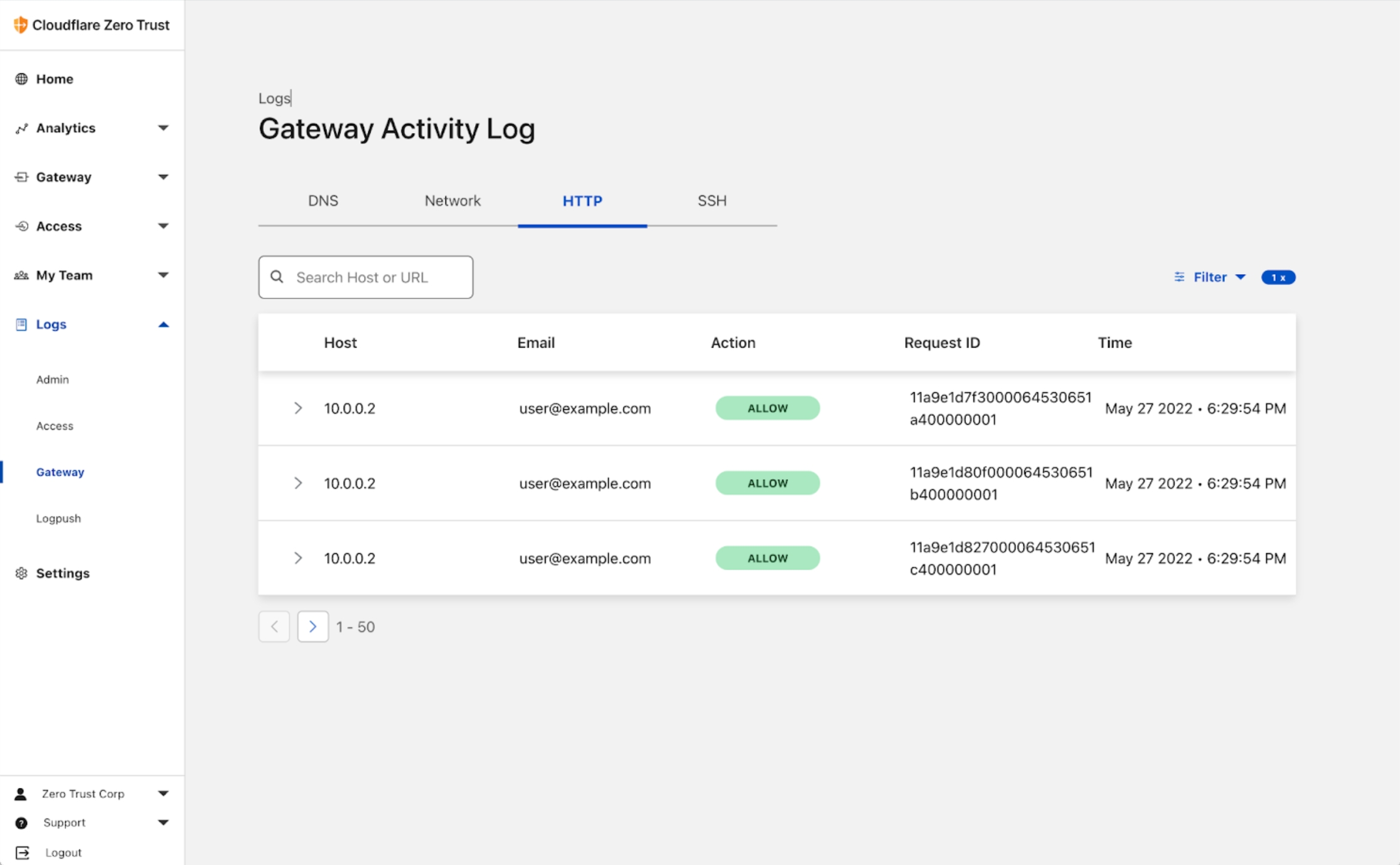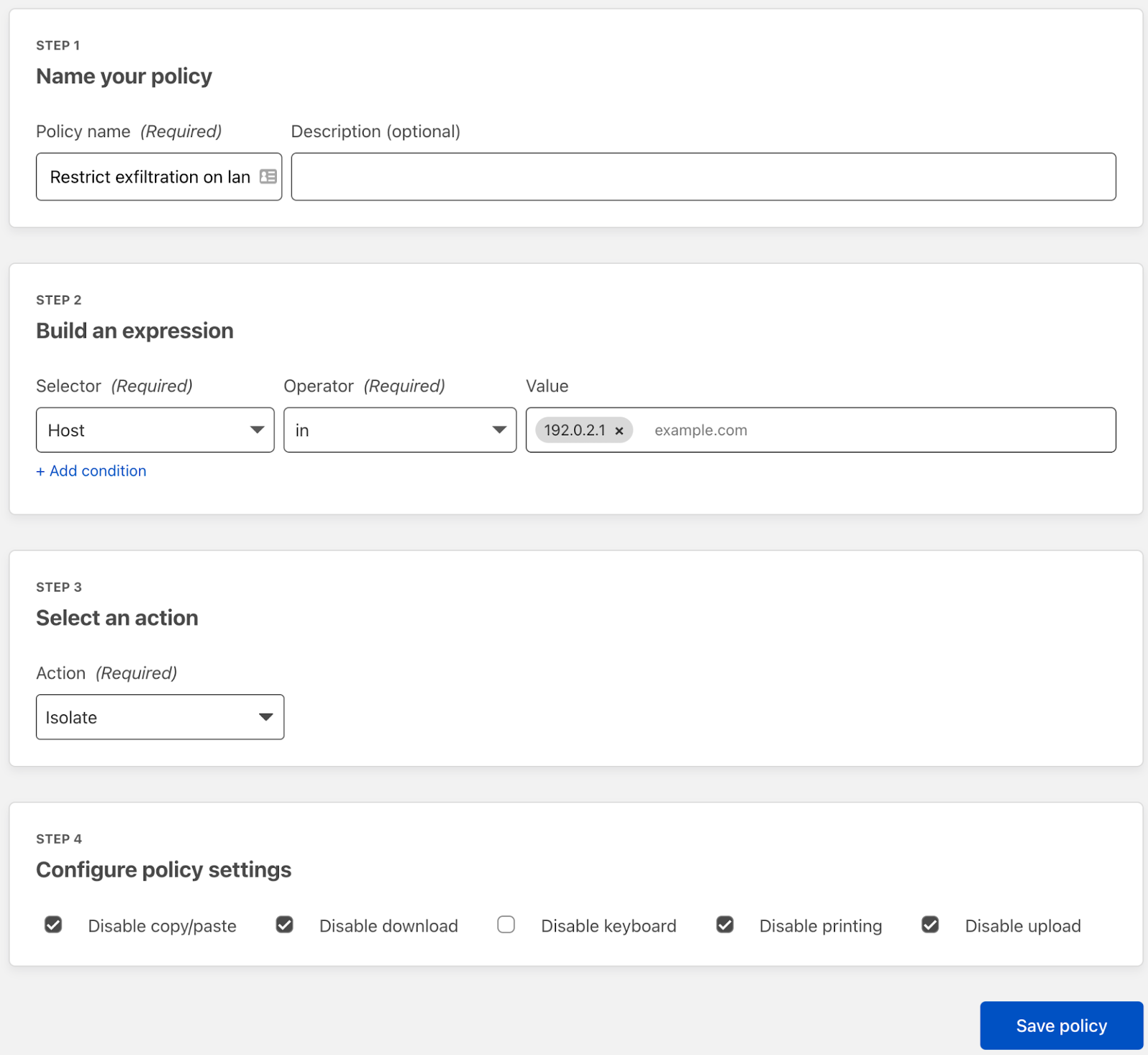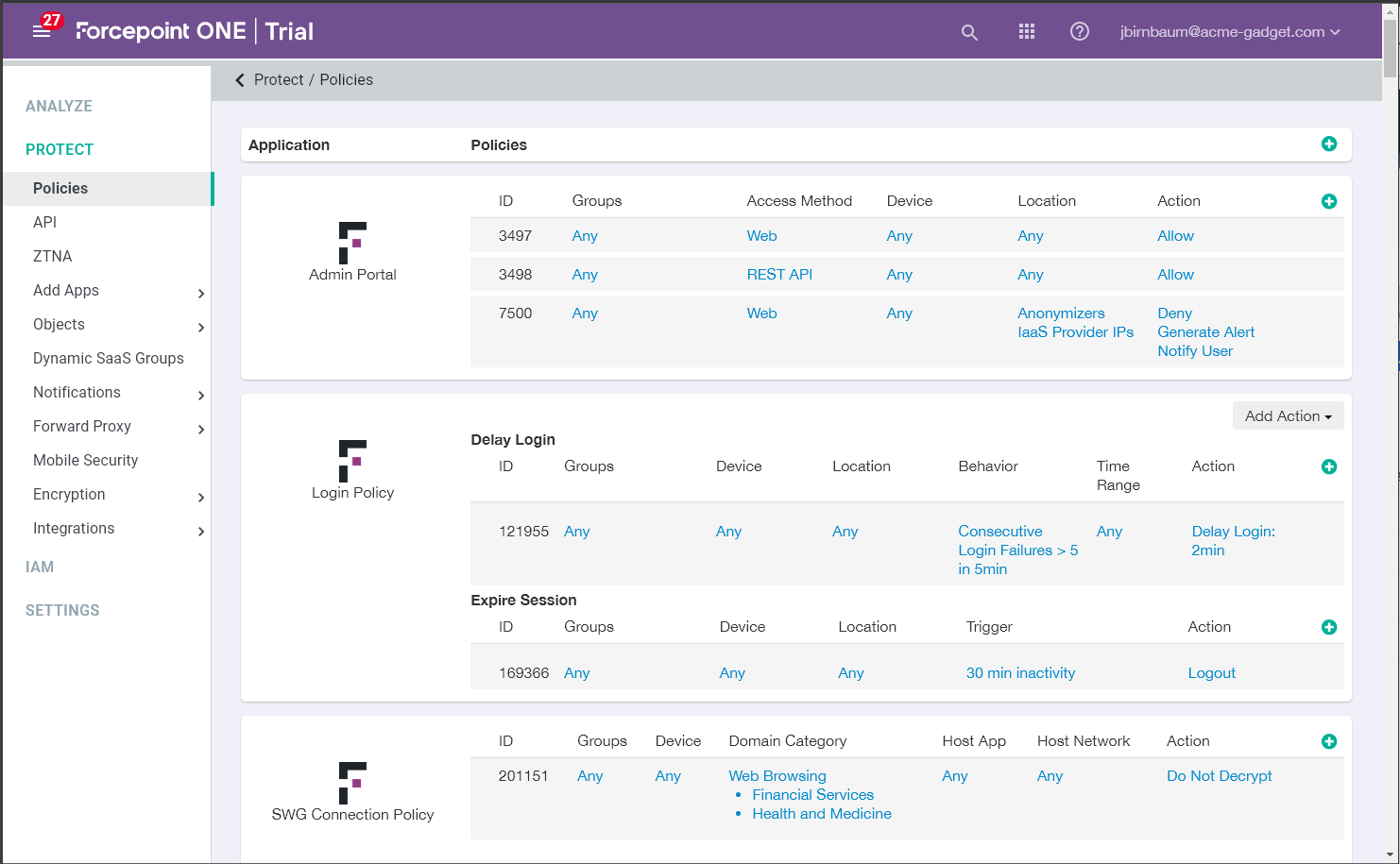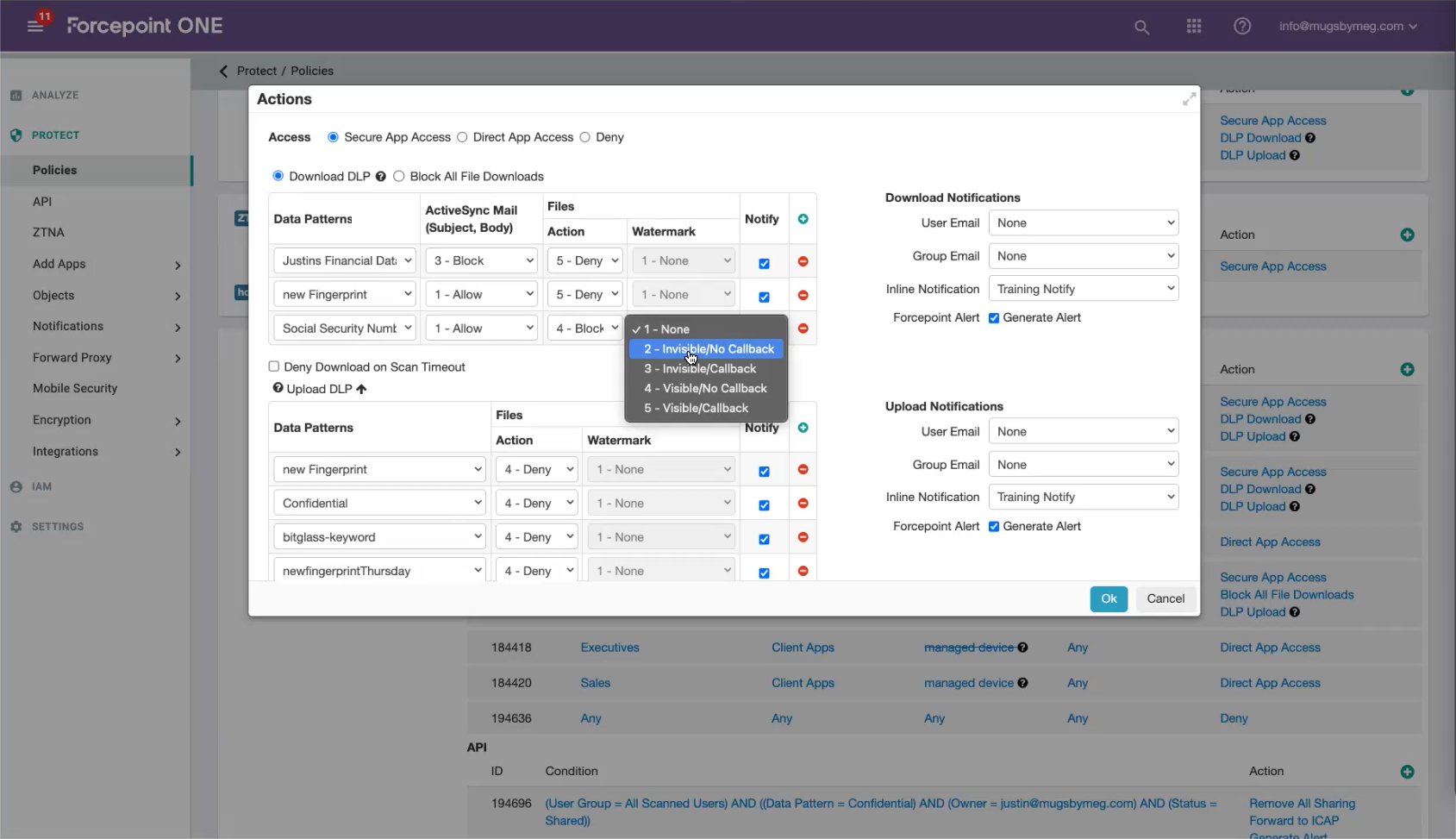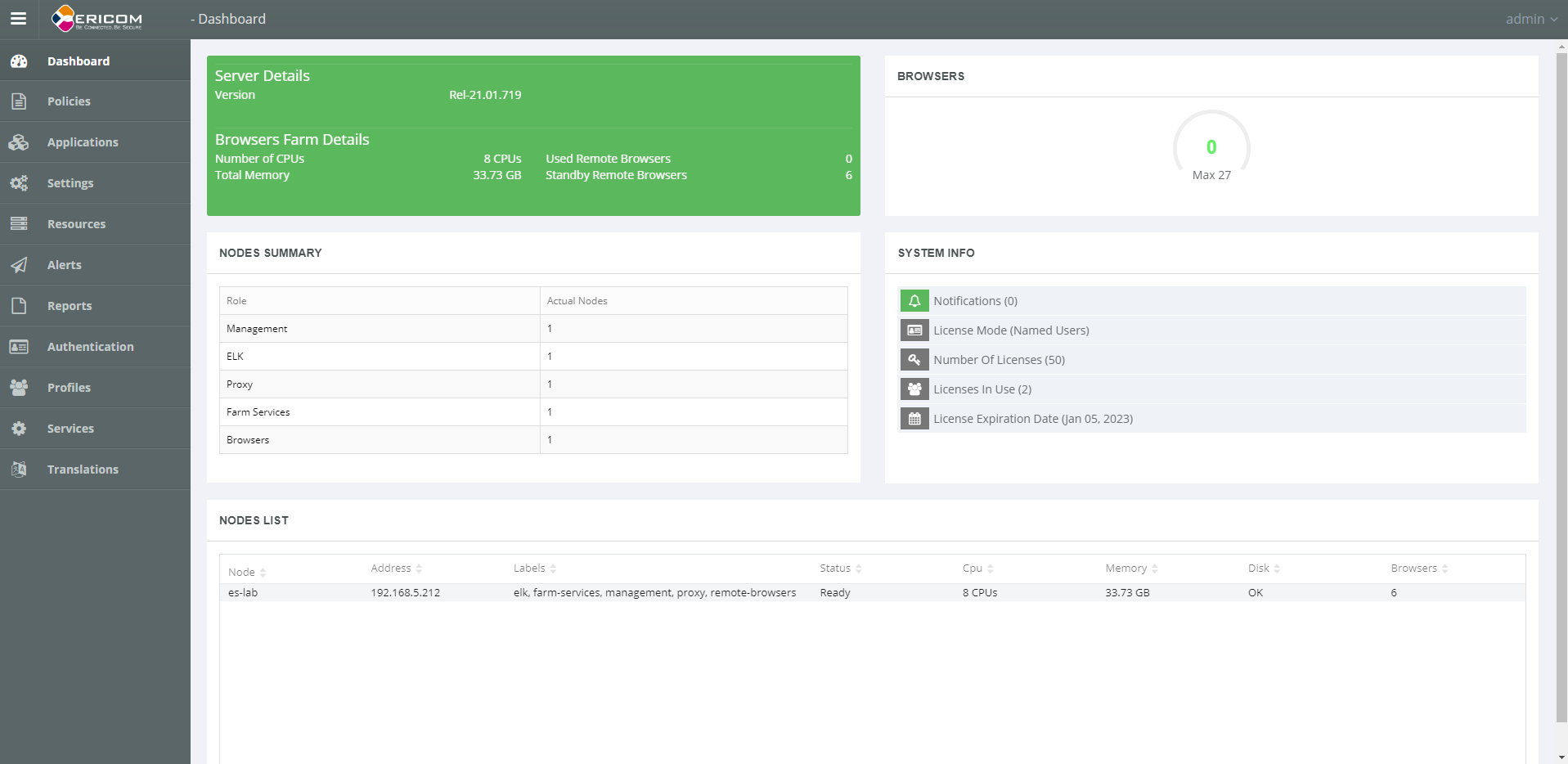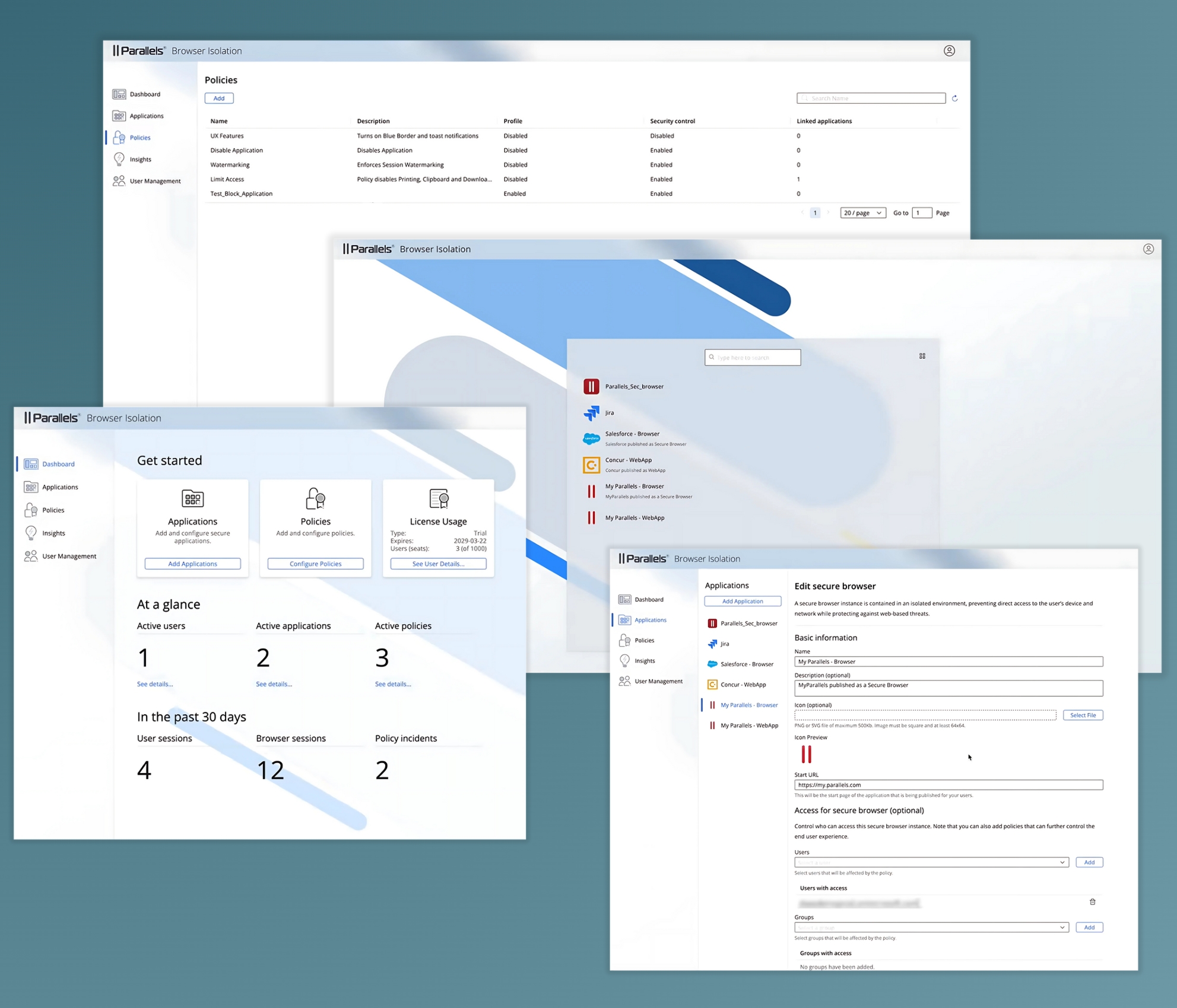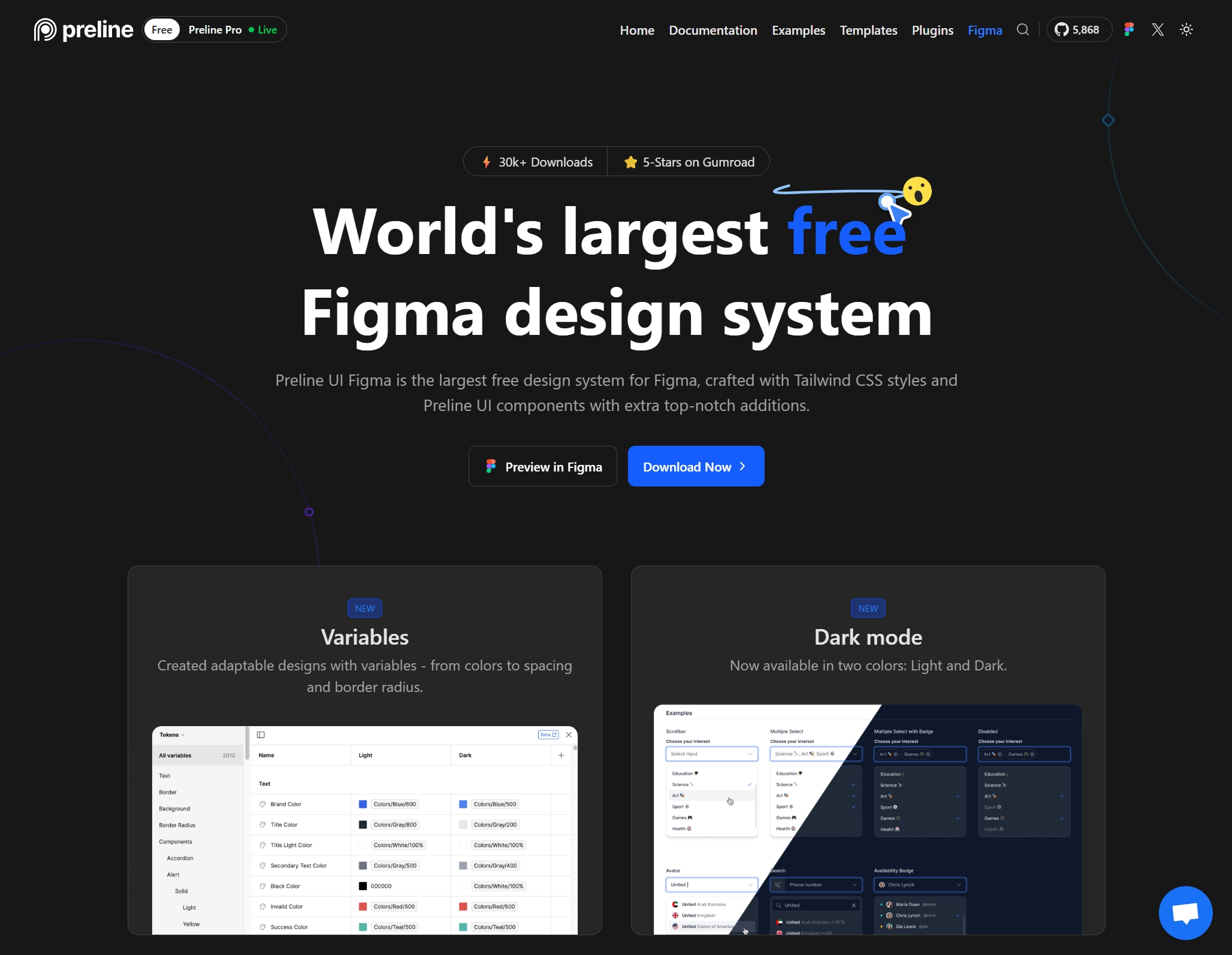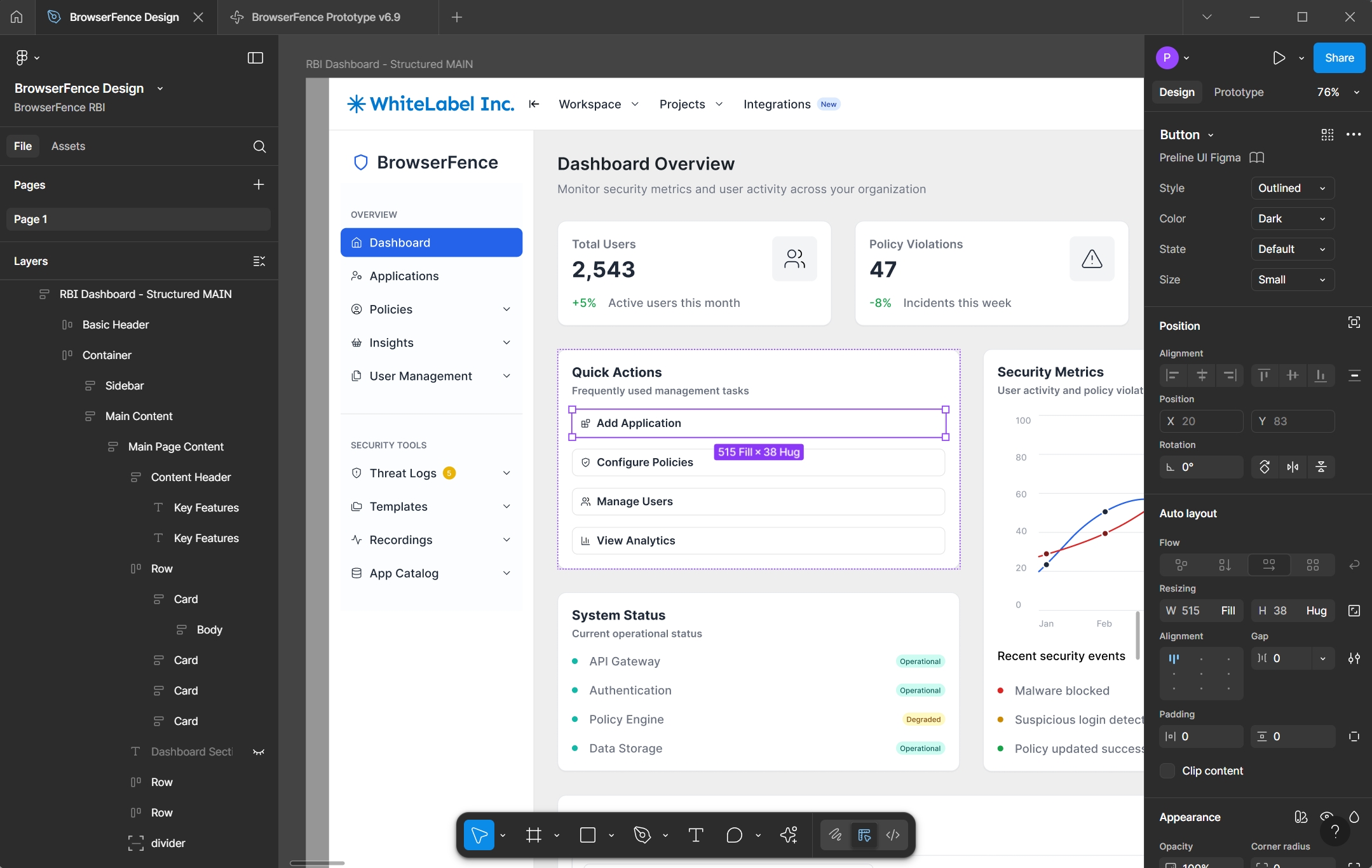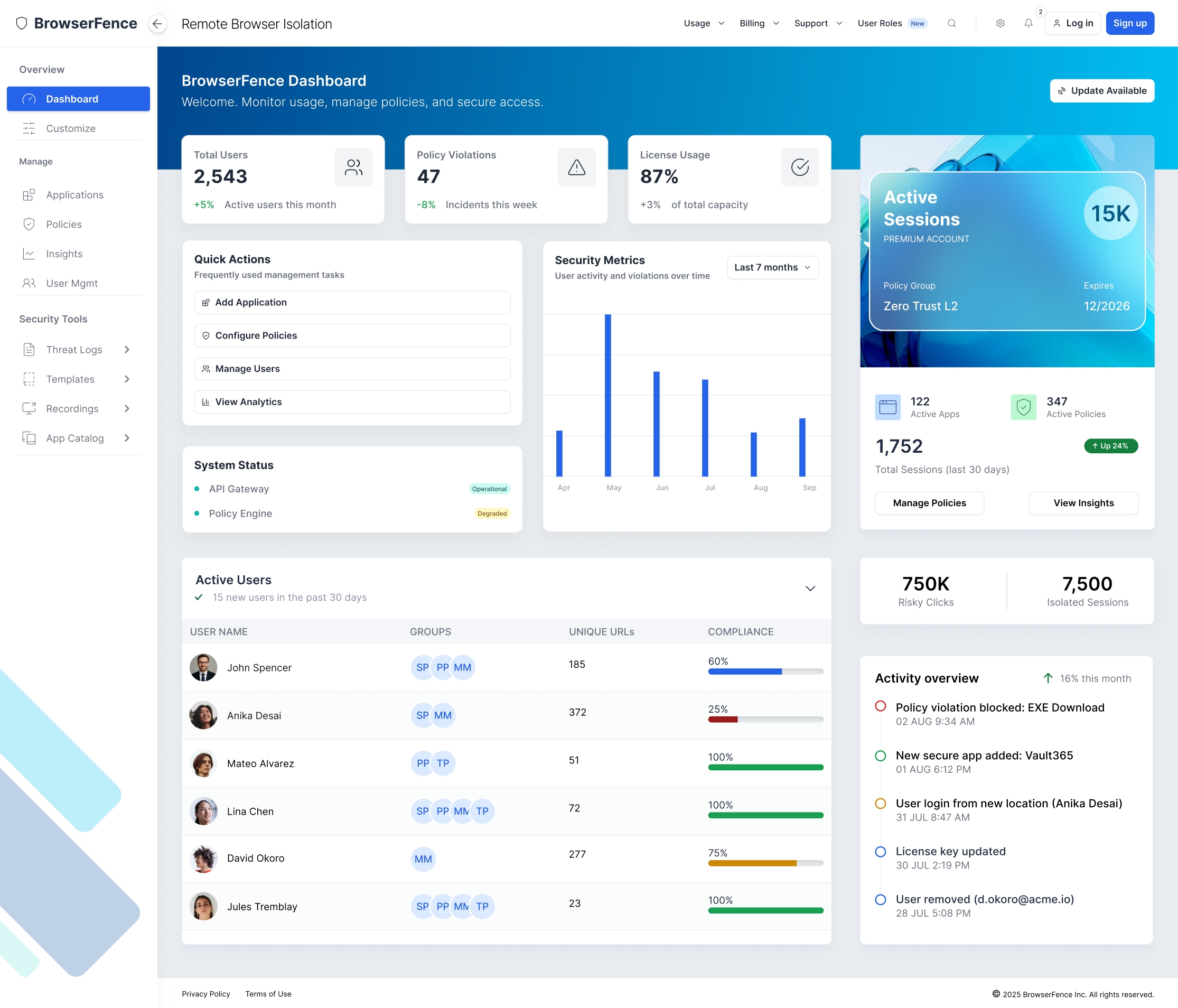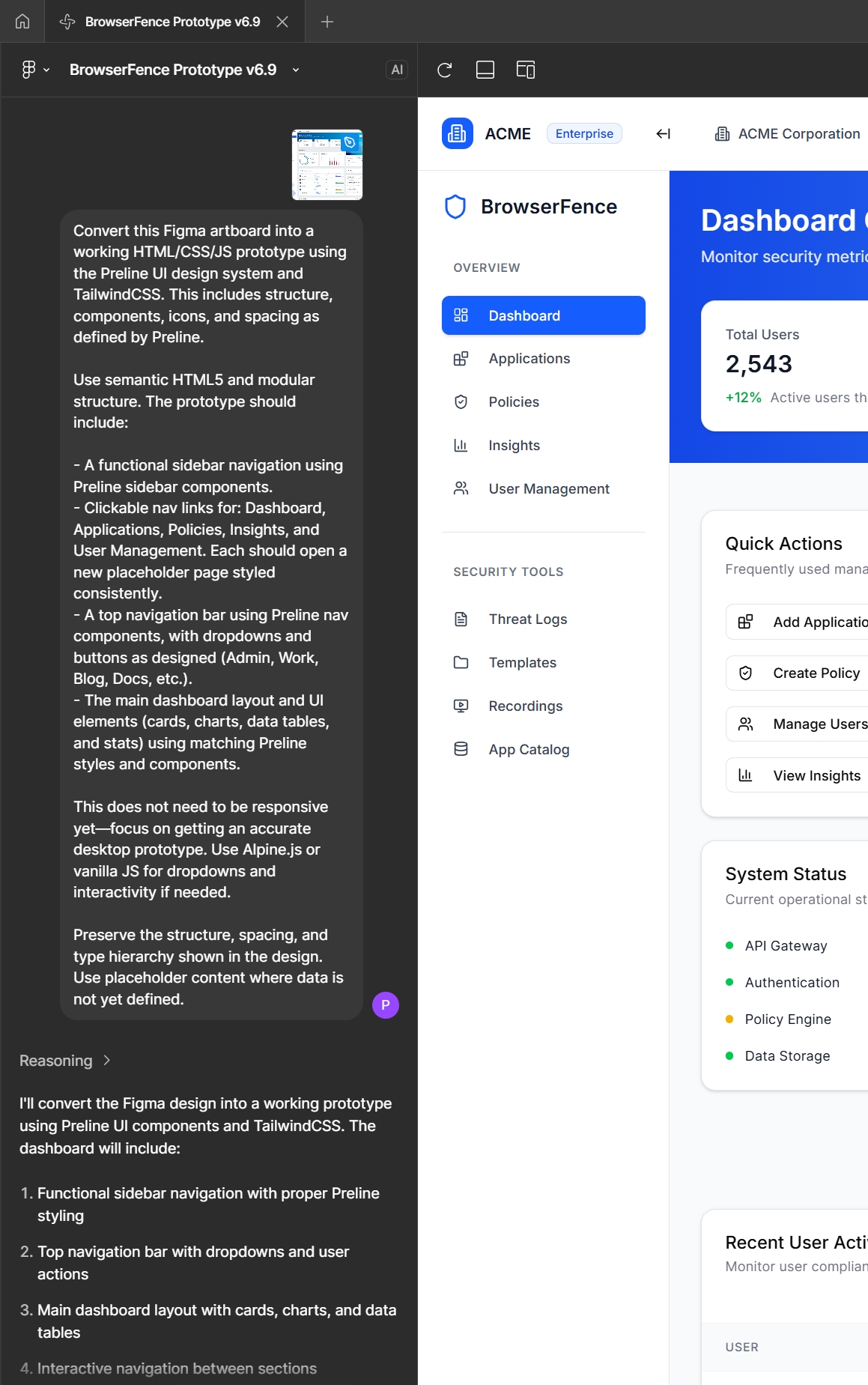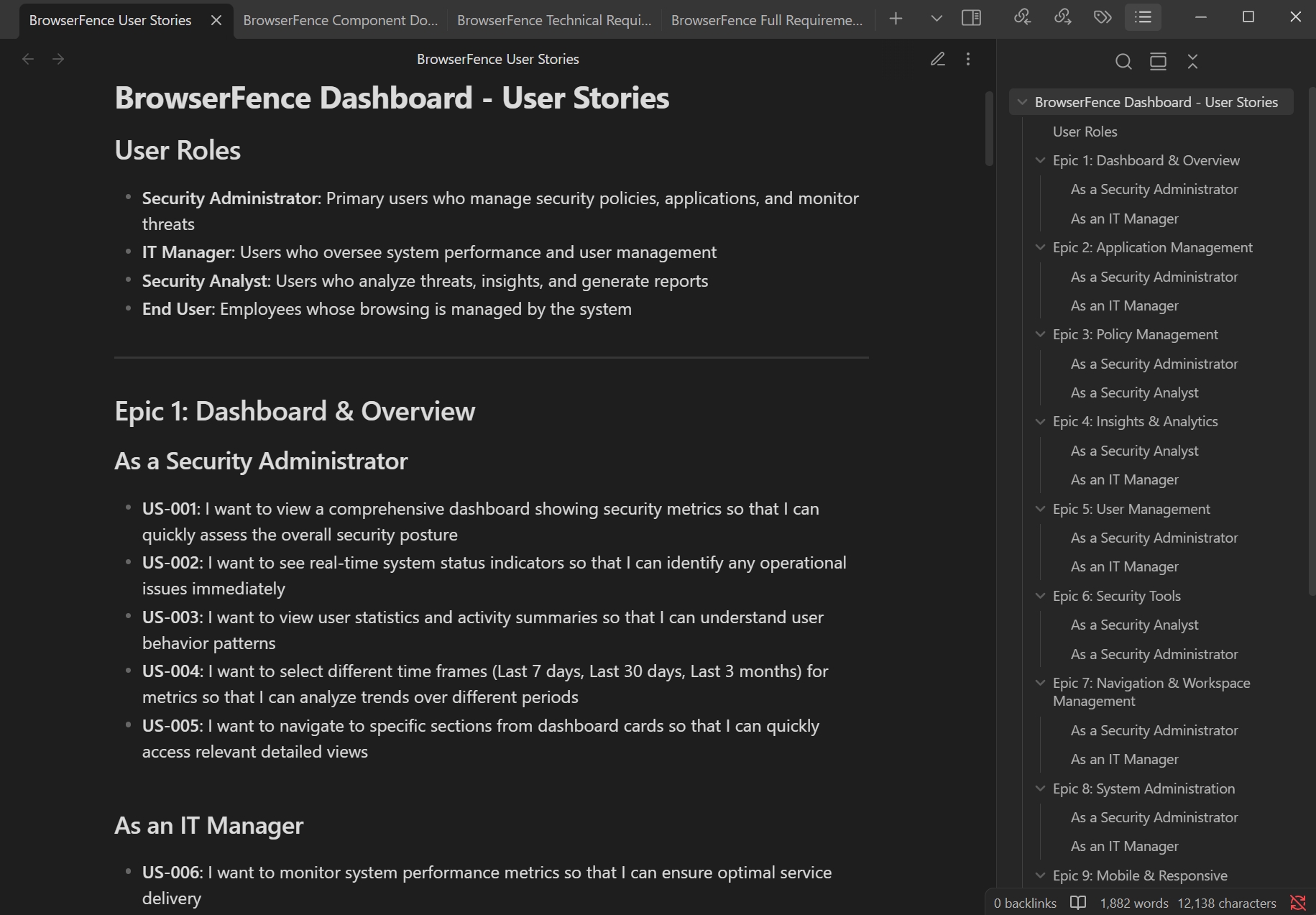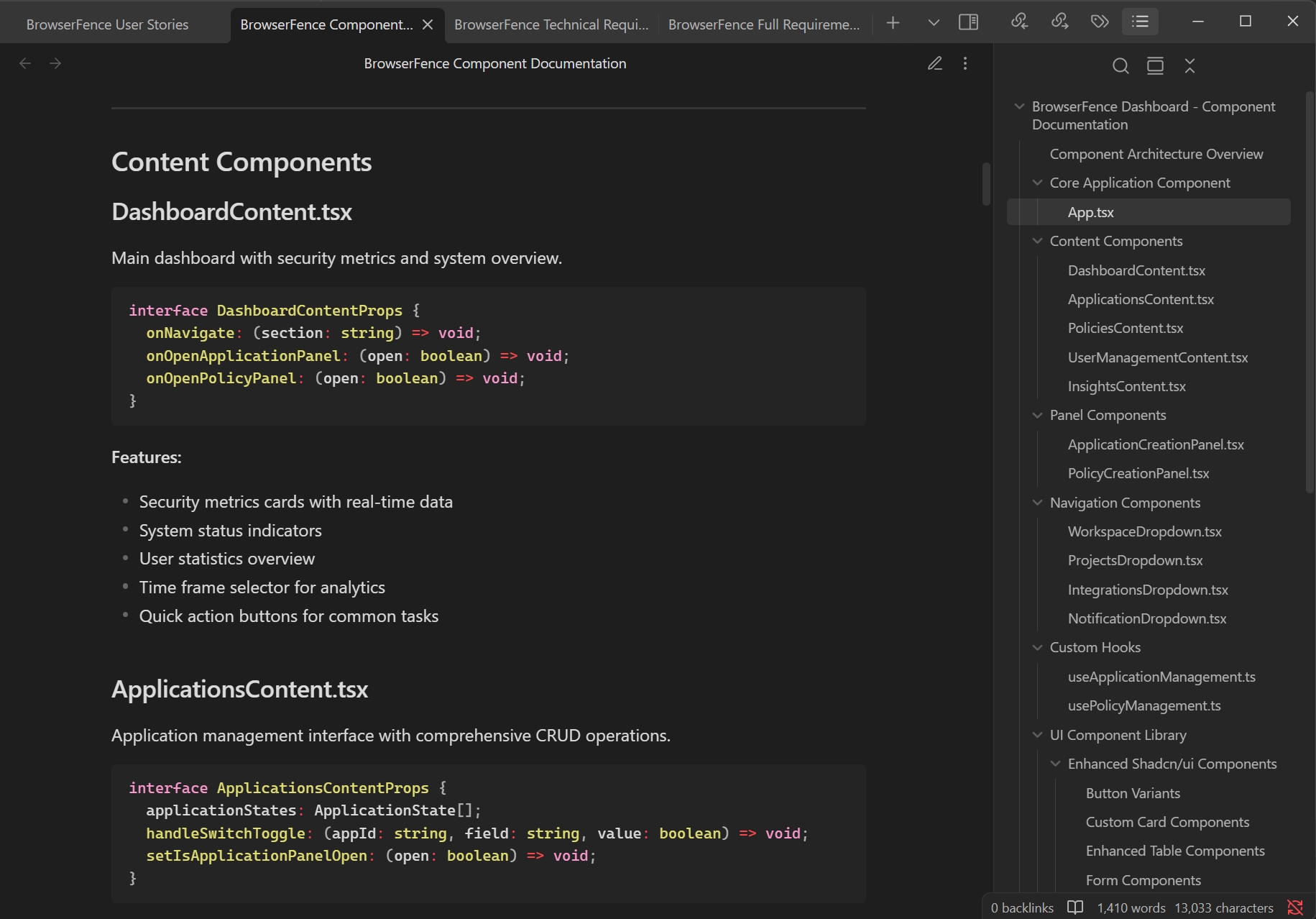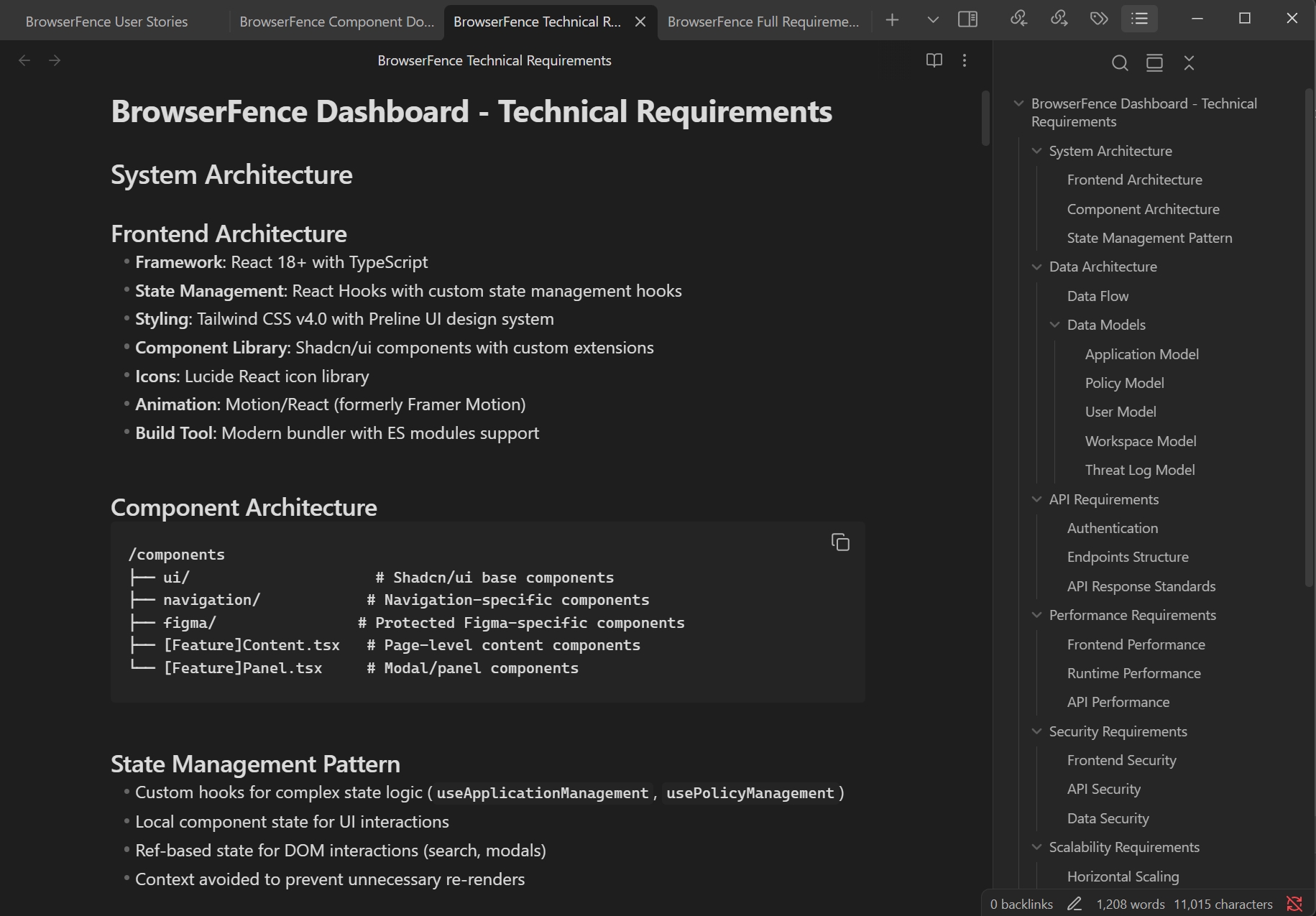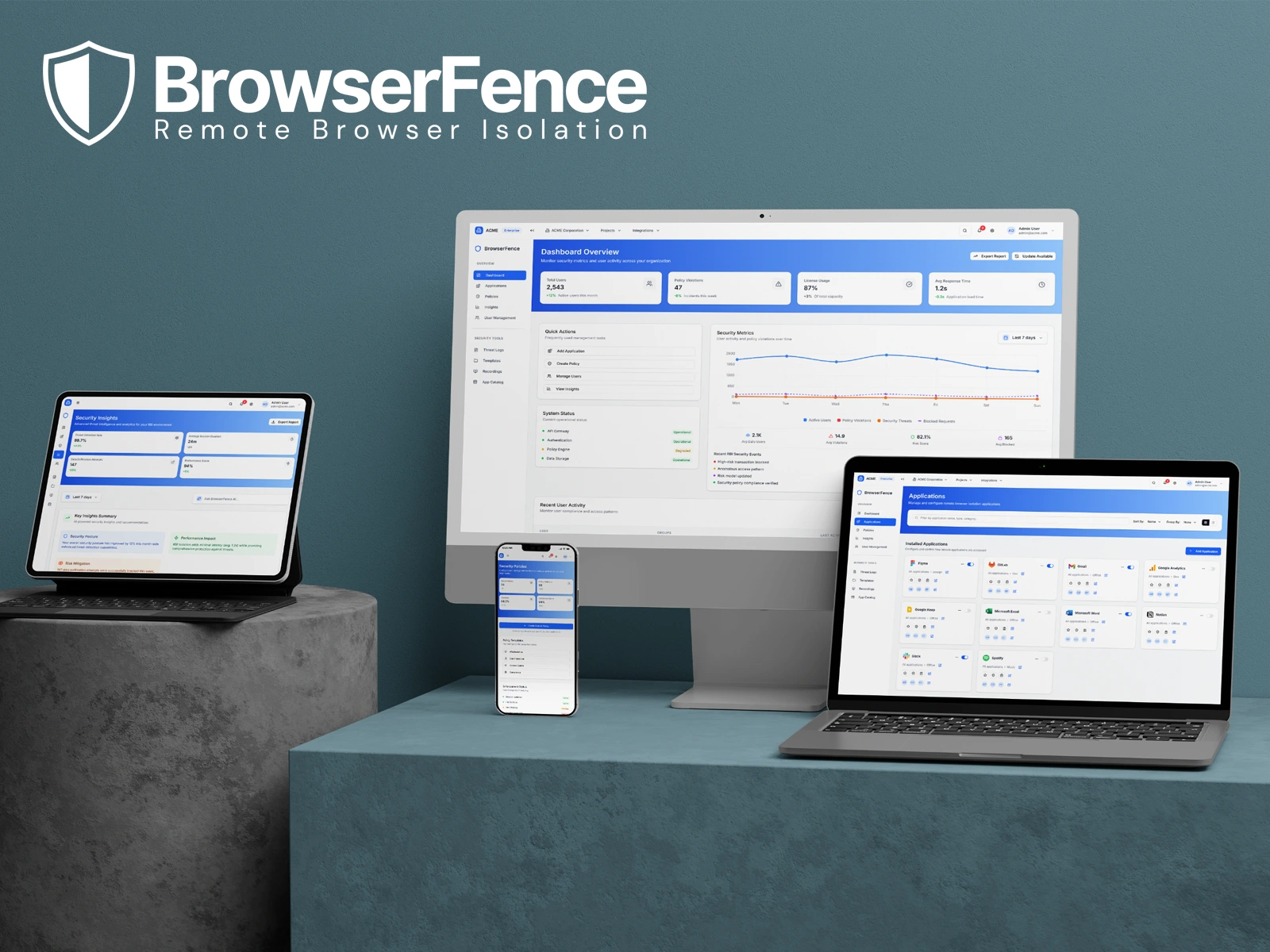Part II: BrowserFence with Figma Make
BrowserFence is a concept security platform built in Figma Make that reimagines how enterprises
manage remote browser isolation (RBI). It takes a complex, high-stakes domain and makes it
simple: real-time visibility, policy control, and threat defense, all surfaced in a
frictionless, AI-driven dashboard.
I wanted to push the limits to see what Figma Make could do, and BrowserFence is the result. I
started with two (only two!) Figma artboards that were properly structured using the Preline
design system, and jumped right into Figma Make.
PRELINE FIGMA DESIGN SYSTEM
Instead of rebuilding components from scratch, I structured Preline-based Figma
artboards with clean layers, semantic names, and grouped logic. This mirrored the process
that I used while at Parallels using the PrimeVue / PrimeOne Figma design system.
BUT... FIGMA STRUCTURE IS A TIME KILLER
Manual auto-layouts, nested frames, and naming conventions slow everything down. Instead of
fighting the tool, I let Figma Make take the lead. By feeding it just two cleanly structured
artboards, I unlocked a rapid, AI-assisted build pipeline, skipping hours of setup and
jumping straight to production-grade output.
